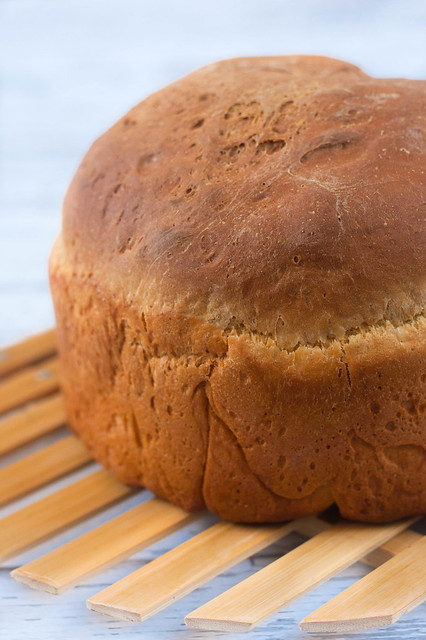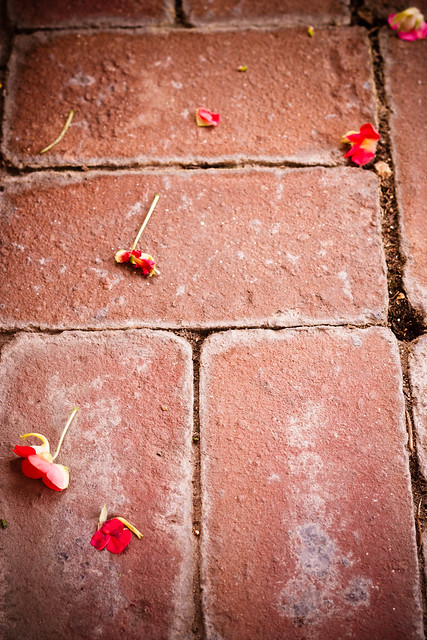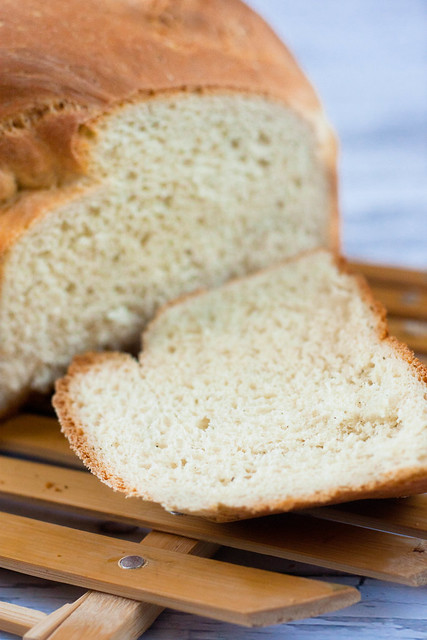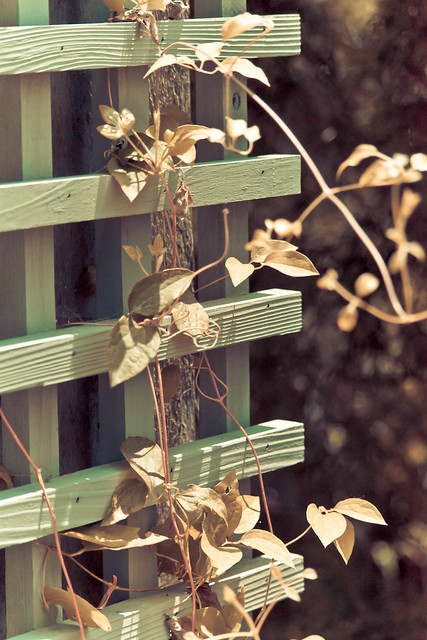Navajo Wild Sage Bread
I'll admit that when I received a review copy of Martin Jacobs and Beverly Cox's book Spirit of the Harvest, I was a little nervous. I have exactly zero experience with Native American cooking, and I was worried the ingredients would be difficult to find and perhaps even hard to use. But really, when you think about how much the New World has given to cooking, all of the ingredients for which we can thank the native people of North and South America, the food is actually quite accessible. But not overly so. Cox and Jacobs didn't leave out recipes for things like Cattail Pollen Flapjacks just because cattail pollen may not be readily available.
Instead the book, which is being reissued this fall, mixes recipes you can definitely make with ingredients you might already have on hand (such as this one), with recipes that call for things for which you might have to do a little searching (such as the next one I'm going to share), and finally with recipes that are worth preserving as intrinsic parts of cuisines which have not really received proper attention.
I hesitate to talk about this book as though it presents one monolithic cuisine, as Native Americans are not a monolith, but just as diverse as the regions from which they come. Cox and Jacobs don't really treat it as one large cuisine, either, dividing the chapters up by region. But many ingredients are common to the foods of many of the people. It's akin to giving a broad overview of French food, but remembering to draw distinctions between the different regions of that country.
We'll talk more about the layout of the book, and some of its particulars in my next post. But for our first recipe, let's start with Navajo Wild Sage Bread. Each recipe includes a generous head-note (head-paragraph might be a better phrase) which describes the recipe, the people from which it comes and its cultural significance and history (you'll quickly see why the book was a James Beard and IACP award winner when it was first published).
Cox and Jacobs write that in addition to flavoring foods, wild sage had a place in Navajo curing ceremonies as well, where it is placed on the floor of the sudatory, or sweat-bath house, because its wonderful odor attracts good. They write about how one Navajo woman, Helen Begay, remembered gathering the herb as a child for her mother in Lukachukai on the Navajo reservation. Ms. Begay also remembers her mother making a fresh goat's milk cheese that she used in this bread. I bet it would be a real treat to track some down, but in the meantime you can use cottage cheese.
One further note about the recipe. I'm pretty sure that the authors forgot to mention a second rise that should take place before the bread is baked. But I've included instructions for where that rise should happen and for how long in brackets in the body of the recipe.
Navajo Wild Sage Bread
Excerpted (with permission) from Spirit of the Harvest: North American Indian Cooking (Stewart, Tabori & Chang; September 2011, by Beverly Cox and Martin Jacobs
1 1/4-ounce package active dry yeast
1/4 cup lukewarm water
3 1/2 cups unbleached flour
2 teaspoons crushed dried sage
1 tablespoon sugar
1 teaspoon sugar
1 teaspoon salt
1/4 teaspoon baking soda
1 egg
1 cup cottage cheese
1 tablespoon melted vegetable shortening or lard
Dissolve yeast in lukewarm water and set aside. Combine dry ingredients in a mixing bowl. In a large mixing bowl, beat egg and cottage cheese until smooth. Stir in melted shortening and yeast. Add flour mixture gradually, beating vigorously after each addition, until a stiff dough is formed.
Place dough on a lightly floured surface and knead for 10 minutes. Cover dough with a cloth and let rise for 1 to 1 1/2 hours, or until it doubles in bulk. During the last period of rising, preheat the oven to 375F. Punch down dough and knead for 1 minute.
Place dough on a greased, 2-quart ovenproof bowl [and let rise one more time until doubled in size, about 1 hour] and bake for 50 minutes until it is golden brown and firm to the touch. Turn bread out of its bowl and cool on a rack. Serves 6 to 8.
This bread is going to Yeast Spotting over on Wild Yeast. Check it out for some more homemade carbs!




Comments